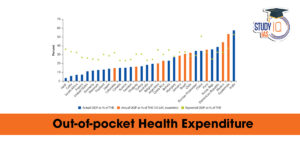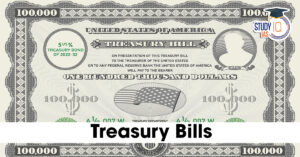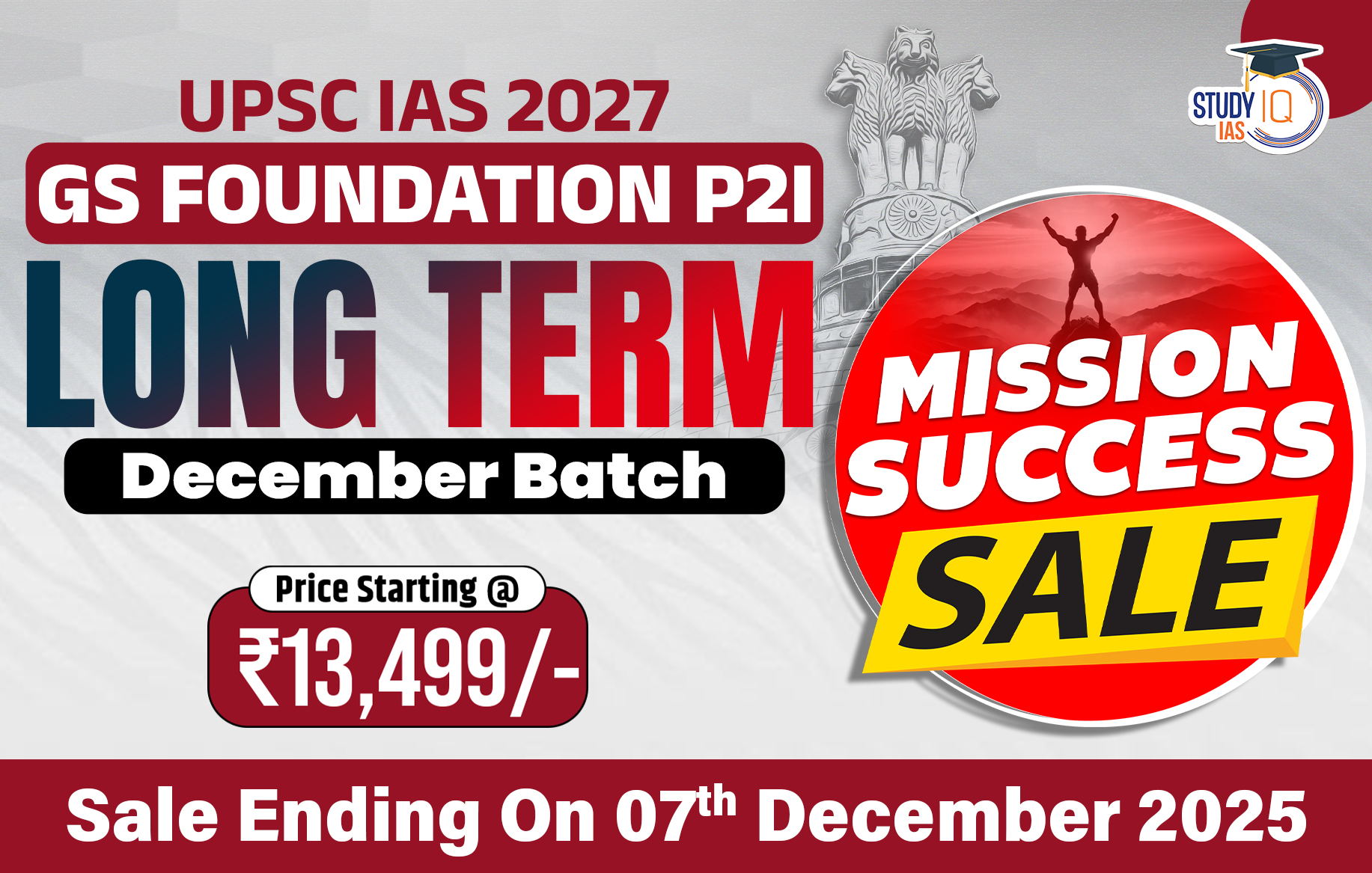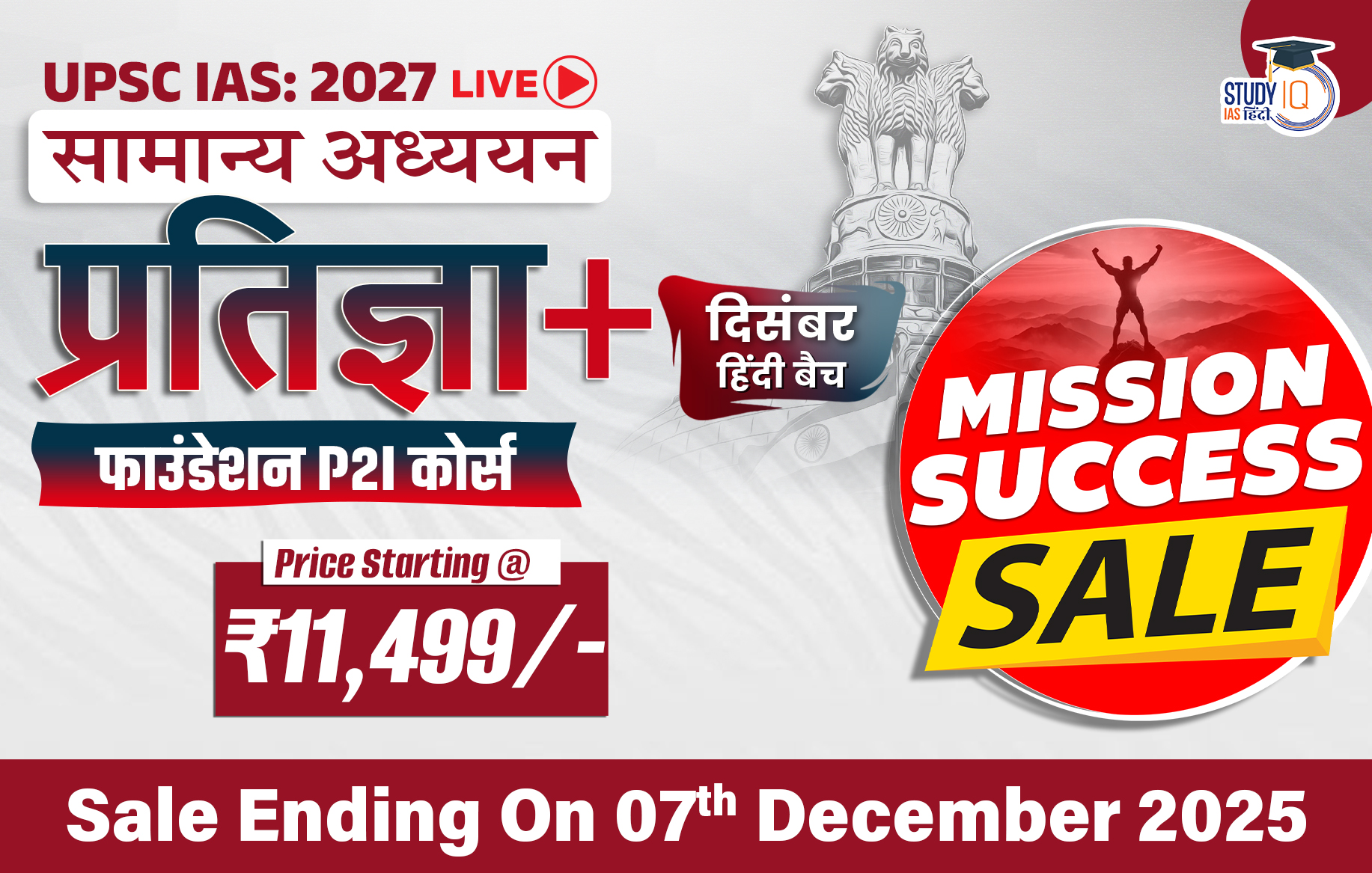Context: According to the new Motor Vehicle Aggregator Guidelines (2025), aggregators shall be permitted to charge a minimum of 50% lower than the base fare and a maximum dynamic pricing of two times the base fare.
What is Meant by Dynamic Pricing?
- Dynamic Pricing refers to a pricing strategy where the price of a product or service fluctuates in real time based on current market demand, supply conditions, and other external factors.
- This allows businesses to maximize revenue and efficiently balance supply with customer needs.
- This approach is widely used in sectors like ride-hailing, airlines, hotels, e-commerce, and even utilities.
- Prices are not fixed; they adjust automatically using algorithms.
- Driven by factors like demand, supply, time of day, weather, or special events.
- Surge pricing (higher rates during peak demand) is a type of dynamic pricing.
- Aims to match supply with demand and optimize profits or resource allocation.
|
Important Terms
|
Surge Pricing
- It refers to the additional fee demanded from the consumer during periods of high demand, such as rush hours, when traffic congestion is at its peak.
- Such fees are also applied to utilities, like electricity, and are used to help manage the supply and demand, preventing potential blackouts.
Flexi-fare Scheme
- It is a dynamic pricing model introduced by Indian Railways in September 2016 for premium trains—Rajdhani, Shatabdi, and Duronto.
- Key Features:
- Fare Increases with Demand: Base fare increases by 10% with every 10% of seats/berths booked.
- Capping: Maximum fare is capped at 1.5 times the base fare for AC classes and 1.4 times for sleeper class.
- No Impact on Tatkal Quota: Tatkal (last-minute booking) fares remain unaffected.
- Objective: To increase revenue and better manage demand during peak travel times.
|
Motor Vehicle Aggregator Guidelines (MVAG), 2025
| Aspect |
Key Provisions / Details
|
| What It Is |
- Regulatory framework for app-based ride-hailing platforms under the Motor Vehicles Act, 1988
|
| Issuing Ministry |
- Ministry of Road Transport and Highways, Government of India
|
| Driver Welfare & Earnings |
- Minimum 80% fare share (driver’s own vehicle)
- Minimum 60% (aggregator vehicle)
- Health insurance ₹5 lakh; term insurance ₹10 lakh
- Quarterly training for low-rated drivers
|
| Passenger Protection |
- Mandatory ₹5 lakh travel insurance per passenger
- Complaints resolved within 3 days
- Fares only for pick-up to drop-off
|
| Regulated Fare Structure |
- States fix base fares per category
- Dynamic pricing: 50% below base to max 2x base fare
|
| Penalties for Cancellations |
- 10% penalty on unjustified cancellations (driver/rider, max ₹100)
- Valid reasons must be listed
|
| Bike-Taxi Recognition |
- Non-transport motorcycles permitted for ride-hailing, subject to state nod
|
| EV Promotion & Accessibility |
- States may set EV adoption targets
- Inclusion of Divyangjan-accessible vehicles compulsory
|
| Compliance & Penalties |
- Fines: ₹1 lakh to ₹1 crore for violations
- Repeat violations: 3-month suspension, possible cancellation of licence
|
Sharing is caring!


 Out-of-Pocket Health Expenditure, Reason...
Out-of-Pocket Health Expenditure, Reason...
 Treasury Bills (T-bills): RBI Cuts Holdi...
Treasury Bills (T-bills): RBI Cuts Holdi...
 Fisheries Sector in India, Current Statu...
Fisheries Sector in India, Current Statu...

























